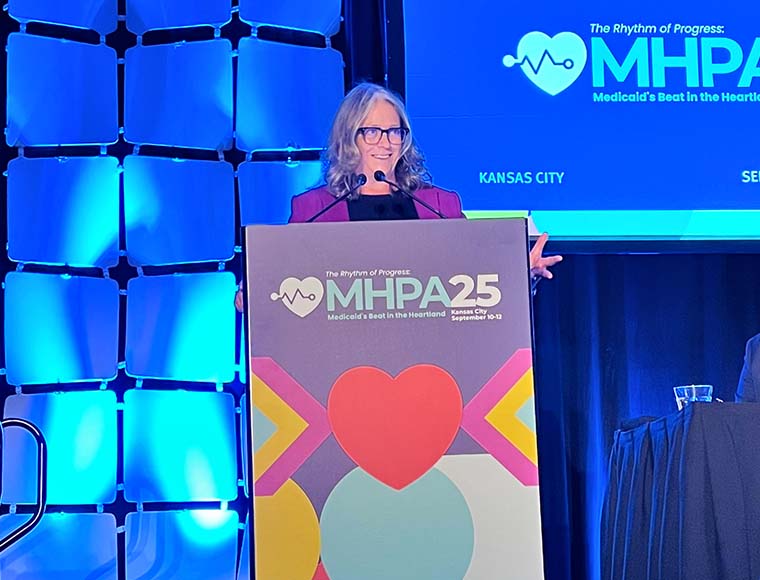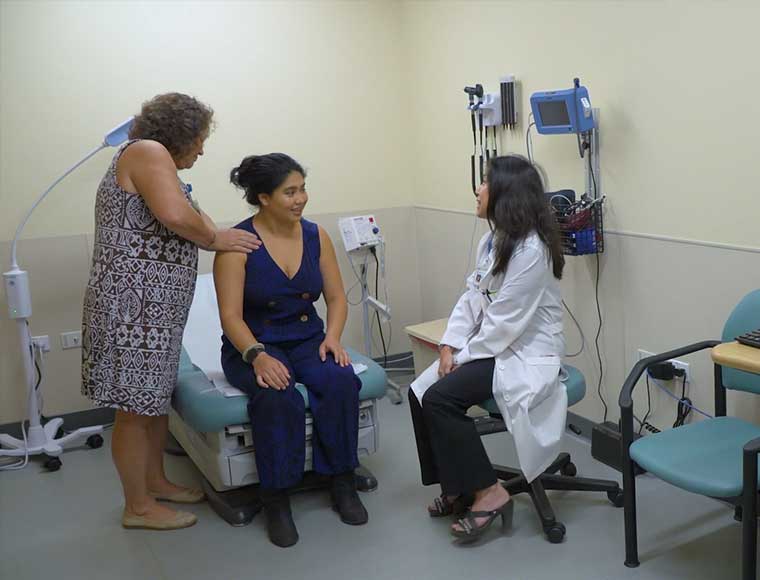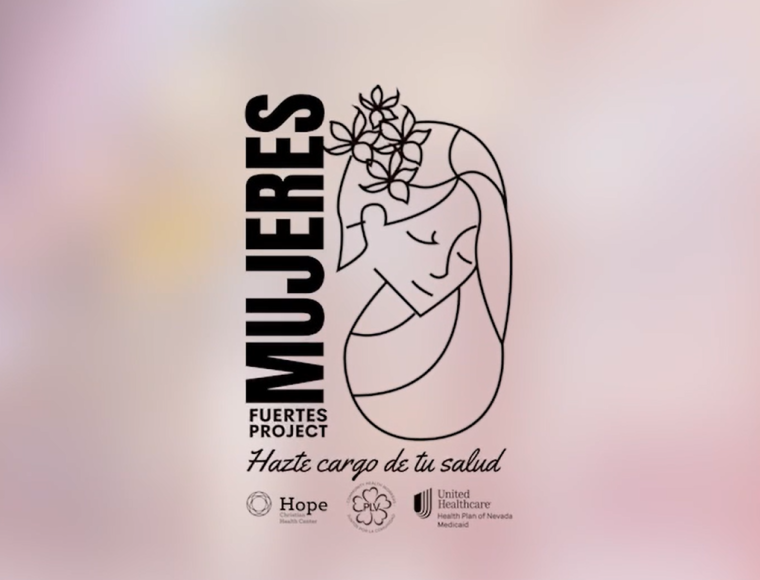In 2022, UnitedHealthcare Community & State published the Report on Health Equity in Medicaid, which detailed how the topic of health equity is permeating nearly all national and state level Medicaid-related conversations. In Part 4 of the Health Equity Report, Health Equity & Populations Served by the Medicaid Program, we highlighted that Medicaid largely provides health care coverage to underserved populations and a high proportion of these populations are likely to be impacted by health disparities. These factors have incentivized both the federal government and state Medicaid programs to place an emphasis on reducing health disparities and promoting health equity. However, when we tried to highlight the health disparities across complex care populations in our report, we found a lack of consistent and reliable data for these historically underserved populations. As a result, it was difficult to articulate the extent of health disparities for the aged, blind, and disabled (ABD), individuals with intellectual and developmental disabilities (I/DD), beneficiaries with long-term services and supports (LTSS) need, and dual eligible beneficiaries.
Due to the shortcomings in data needed to articulate the extent of health disparities across complex care populations and develop targeted interventions, we partnered with ATI Advisory to advance our search for beneficiary characteristics, spending and utilization, and implications for MCOs for three distinct, but overlapping Medicaid populations: Dual Eligible Beneficiaries, Beneficiaries with LTSS Need, and Individuals with I/DD.











